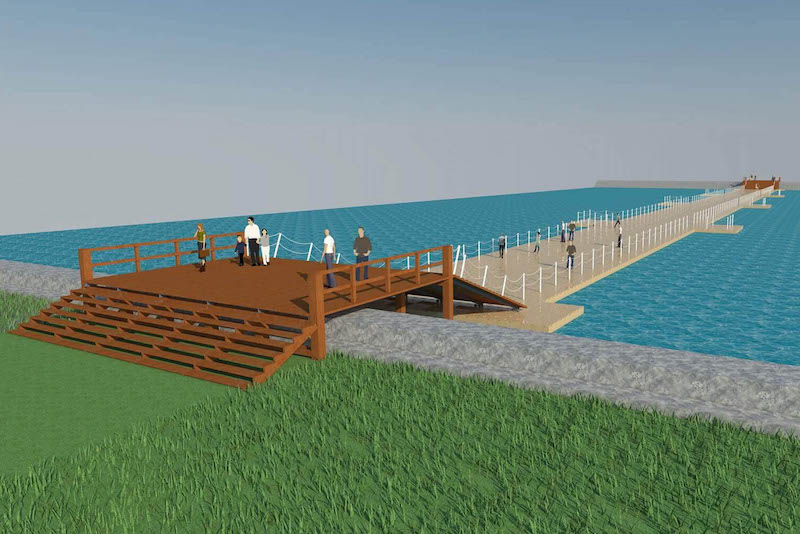Starting next year, tourists at Angkor Wat will have to use a floating bridge to cross the moat that surrounds the world-famous temple as a five-year restoration project gets underway on the stone walkway that has served the monument for centuries.
The stone path remained open during the first phase of the restoration project between 1996 and 2007. But it will have to be shut down for the second phase, expected to begin early next year and finish in 2020, said Long Kosal, a spokesman for the Apsara Authority, the government body that manages Angkor Archaeological Park.

Angkor Wat, a representation of the mythical Mount Meru, is the park’s centerpiece, drawing in millions of tourists a year.
Mr. Kosal said the project was being led by Japan’s Sophia University, which is splitting the cost of the work with the Apsara Authority.
In the walkway’s stead, the hoards of daily visitors to the temple will make their way across the 200 meter-wide moat on a plastic bridge that will float on the water.
The spokesman said work on the floating bridge could begin by the end of the month and finish in May.
“It is plastic that can handle quite a lot of people and will let them cross back and forth just fine,” he said.
“We have checked and studied and there will be no problems that could affect the tourists; we even considered the beauty,” he added. “Previously, we have seen that tourists would pose for pictures on the stone bridge, and they will be able to pose for pictures on this temporary bridge too.”
Mr. Kosal said the Apsara Authority was paying for the floating bridge itself, though he did not know how much it—or the restoration of the stone walkway—would cost.
Chau Sun Kerya, a spokeswoman for the authority, said Cambodia’s contribution to the restoration would mainly come through in-kind support from laborers and technical experts.
The walkway was last restored by the French in the 1960s.



